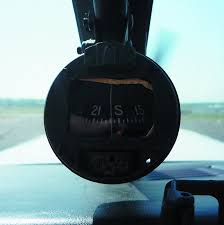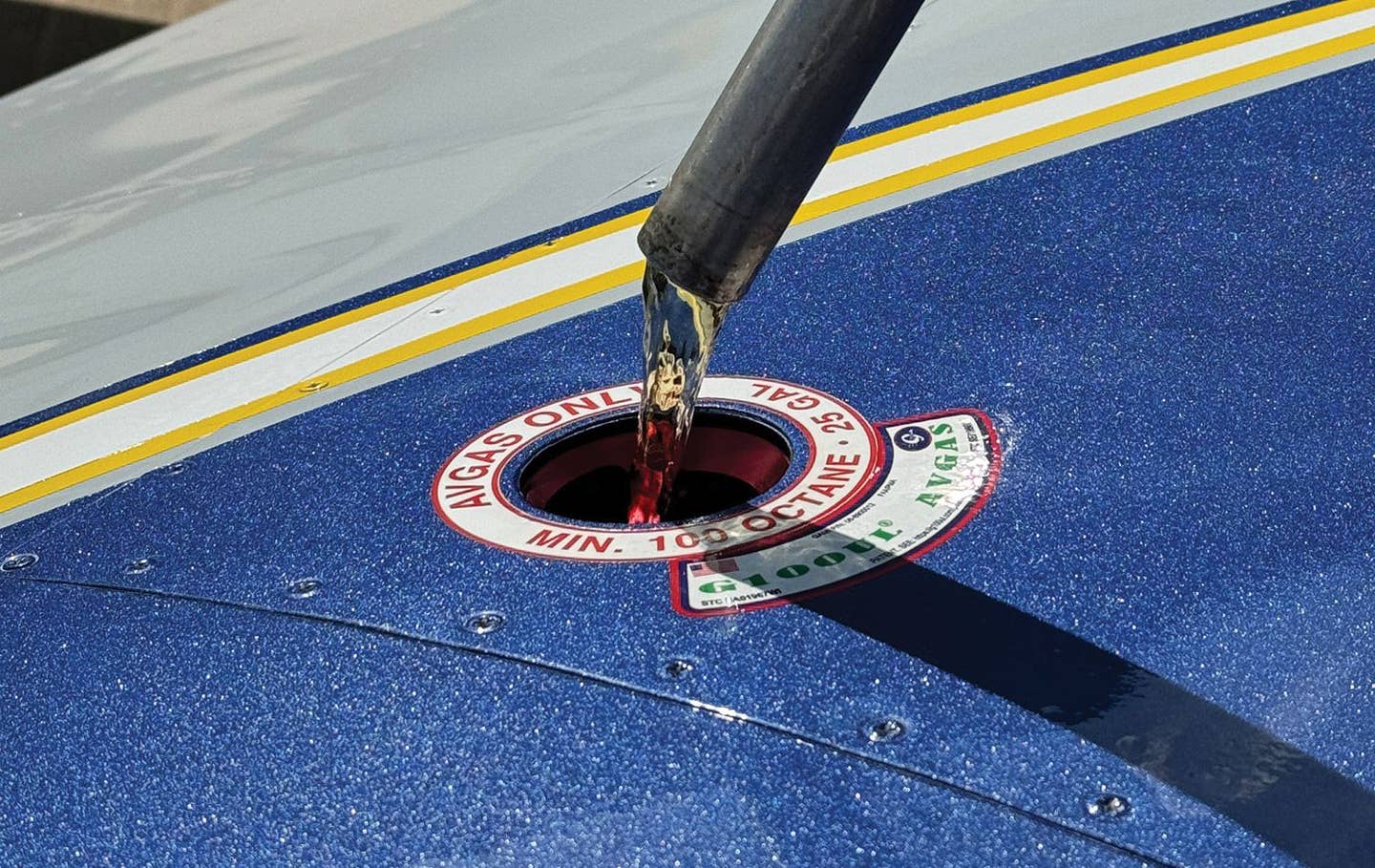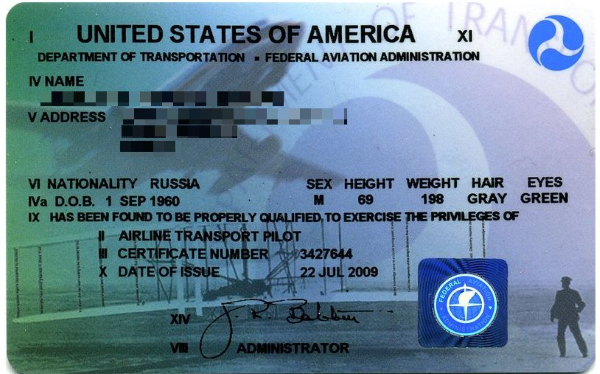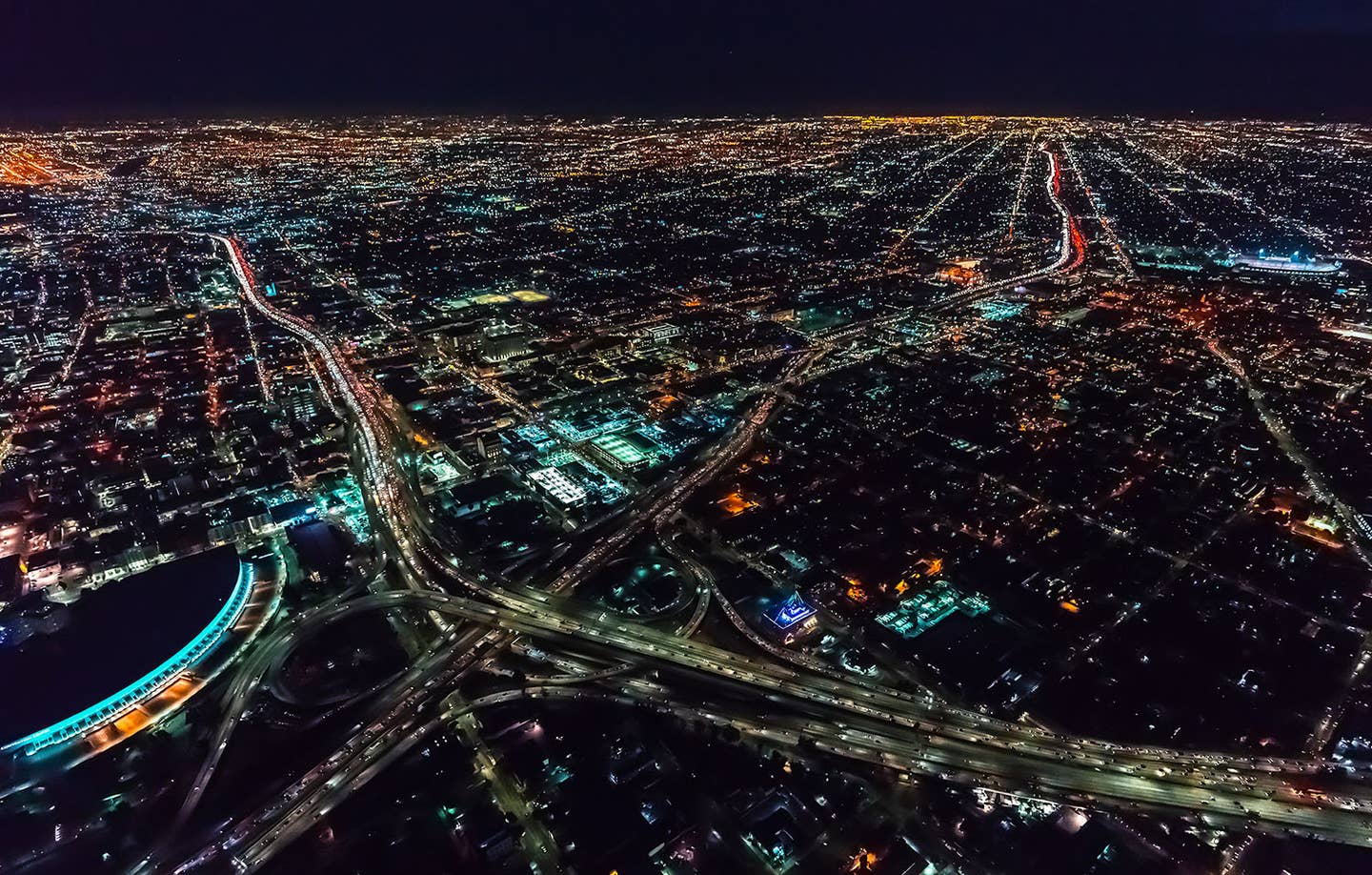I Stalled The Damn Thing
Don’t worry, I’ve got this. But here’s an eye-opening experience that sheds light on all those stall/spin articles I’ve been writing.
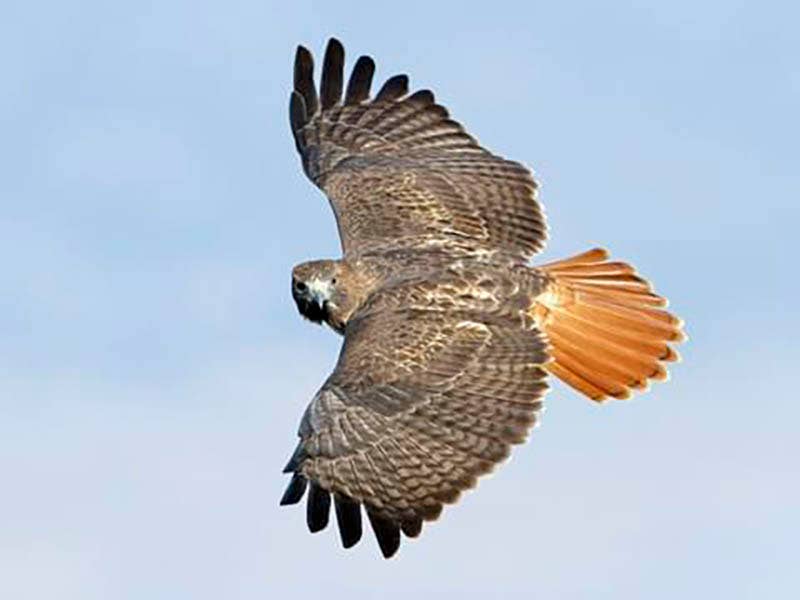
Credit: www.allaboutbirds.org
I stalled the Cub on a base-to-final turn the other day and it wasn’t intentional. This may be hard to fathom, but I got punked by a bird and it happens all the time. I won’t be surprised if other pilots who fly slow taildraggers have had these bird encounters, which are quite obviously intentional on the bird’s part.
I think the birds are Red-tailed hawks. These are indigenous to Florida and evidently the most common species of hawks everywhere. Whatever they are, they are fairly fast flyers because when I’ve been out messing around in the Cub, they have frequently buzzed me, got a good look, and veered off. They seem to do this out of a dive that allows them to match the Cub’s speed, if not exceed it. Red-tailed hawks can supposedly reach 120 MPH in a dive.
In the most spectacular of these encounters, the hawk pulled up on the left side of the airplane, rolled on his back and stood on his tail before rolling off in the opposite direction. If there’s such a thing as birds trash talking, this is it. Sometimes I wonder if it’s the same bird.
I had been out in the Cub shooting a video about forward slips and I was turning final into a nice little grass strip we have south of Venice called Buchan. The hawk joined up on the inside of the turn and his sudden appearance distracted me enough to lose track of the pitch angle. It was already relatively high because I was slowing for a short-field landing. While I was eyeballing the bird eyeballing me and holding perfect station about 50 feet away, I felt the burble and sensed the Cub’s lower door floating up, a sure sign of an impending stall. I was probably at 300 feet.
The Cub’s stall—even a turning stall—is so benign that it recovers with just a little wing unloading and so it did. I happened to glance at the airspeed indicator as I recovered and it was just climbing through 40 MPH indicated. I didn’t bother with power and landed normally, although long of the spot I was aiming for. Loss of control was never at issue, which is probably whistling past the cemetery, but at least I didn’t wind up in it.
In this podcast on stalls with Air Safety Institute’s Richard McSpadden, I asked if he thought he was stall proof. He thought no and I think the same thing and even before this incident with Cub, I thought the same. I consider myself fairly cognizant of the risk elements and envelopes, but like it or not, vigilance is never 100 percent and neither is performance always perfect. I hadn't set out to prove myself right, but it worked out that way.
In this case, I hadn’t intended to get that slow. I don’t obsess on the Cub’s airspeed indicator because it’s neither accurate nor consistent, but a little over 50 indicated is a good approach speed for a short-field three-pointer. I obviously got slower than that and my fascination with the bird was enough to distract me from noticing.
I had four cameras attached to the airplane and I’d love to entertain you with video of this. Unfortunately, the new GoPros deplete their batteries in about 50 minutes and all of them had stopped recording. (That’s my story and I’m sticking to it.)
And the story has a moral not related to changing batteries, but admitting that if you get snoozy on the stick, you can bore a crater no matter how good or experienced you think you are. When I was shooting the video, I’d just completed a flight review and IPC and had been out flying a series of cross-controlled and aggravated stalls, so I was—theoretically—on the bubble.
But maybe not entirely.

